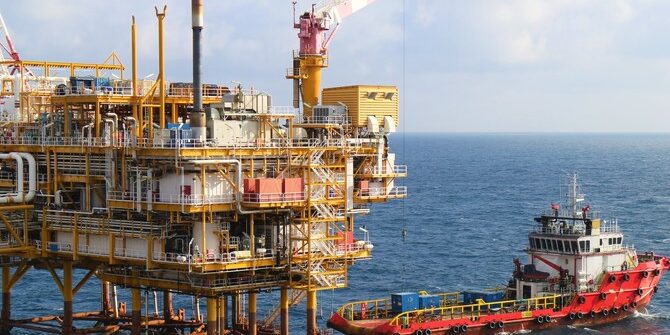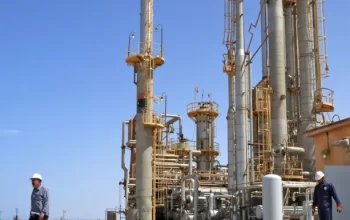Most oil-producing African nations are concentrated in the Western, Northern, and Central regions of the continent, leaving the Southern and Eastern parts with limited oil resources.
Apart from Angola, no Southern African nation significantly contributes to the global oil market. However, recent discoveries in Namibia suggest a potential paradigm shift.
According to a Reuters report, major oil companies have been actively exploring Namibia’s offshore regions in recent years.
In 2023, Namibia’s National Petroleum Company (NAMCOR) reported the discovery of light oil 270 kilometers off the Namibian coast.
While actual oil production has not yet commenced, energy giants such as Total Energies and Shell have estimated reserves of approximately 2.6 billion barrels. Chevron is also poised to begin production by 2025 following its own discoveries.
These discoveries indicate that Namibia could start producing oil by 2030, with key exploration areas including the Orange Basin, Luderitz, Kavango, and Walvis Basin.
Oil exploration interest in Namibia is robust, with major firms like Eni, BP, Rhino Resources, Galp, QatarEnergy, and Namcor actively pursuing opportunities.
Eni, for instance, has entered into a partnership with BP and Rhino Resources to explore the offshore Orange Basin.
Shell, in collaboration with QatarEnergy and Namcor, is exploring PEL 39 and has identified significant reserves in the Graff and Jonker-1X wells, potentially totaling billions of barrels of oil.
Total Energies, with a historical presence in Namibia since 1964, continues to expand its operations. The company plans to allocate a substantial portion of its exploration budget to Namibia in 2024, focusing on Block 2913B and Block 2912.
Namibia’s emergence as a prospective oil producer signifies a promising future for Southern Africa’s oil industry, potentially reshaping regional economic dynamics in the years to come.
![]()




